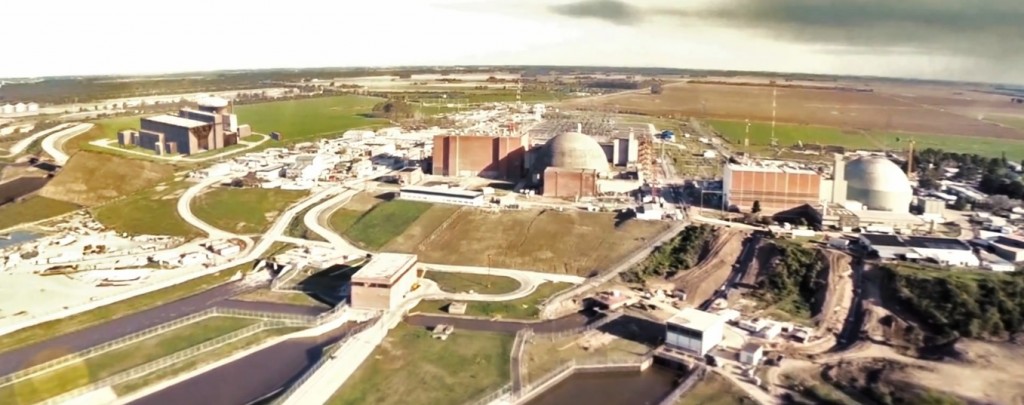Looking back at 2021—Nuclear News July through September

This is the fourth of five articles to be posted today to look back at the top news stories of 2021 for the nuclear community. The full article, "Looking back at 2021,"was published in the January 2022 issue of Nuclear News.
Quite a year was 2021. In the following stories, we have compiled what we feel are the past year’s top news stories from the July-September time frame—please enjoy this recap from a busy year in the nuclear community.
- Click here to see the first article in the series
- Click here to see the second article in the series
- Click here to see the third article in the series


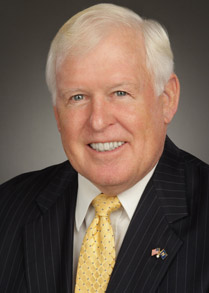
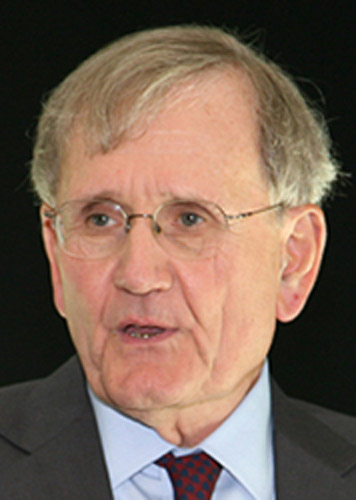
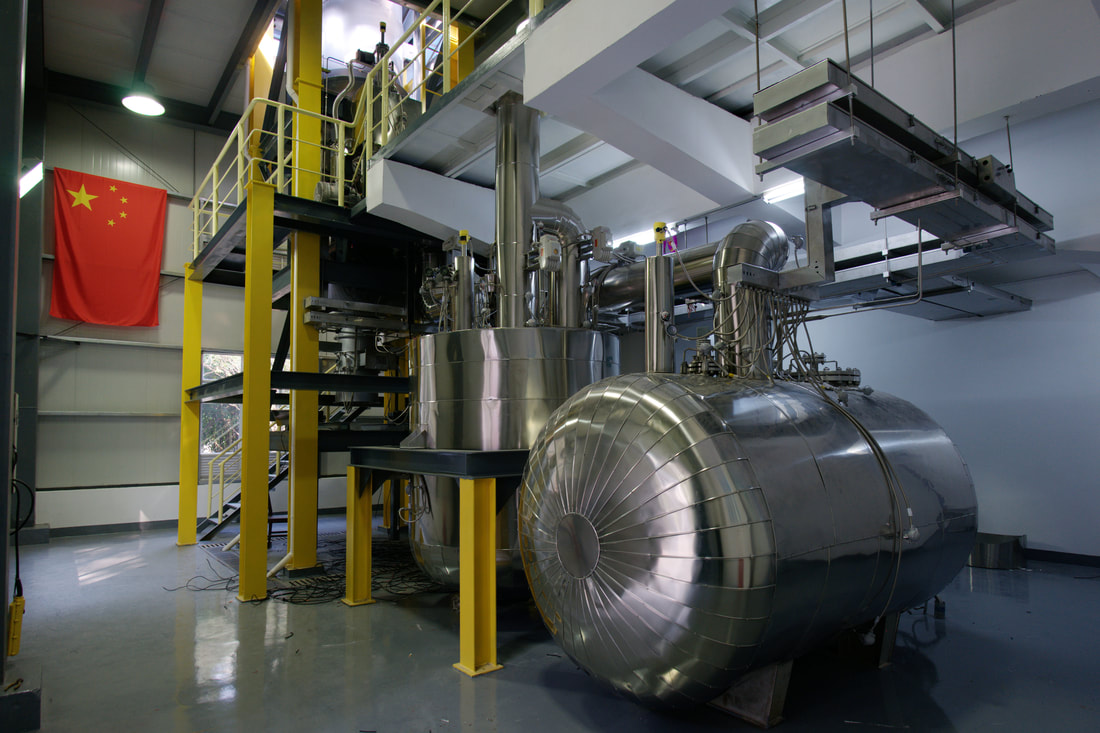
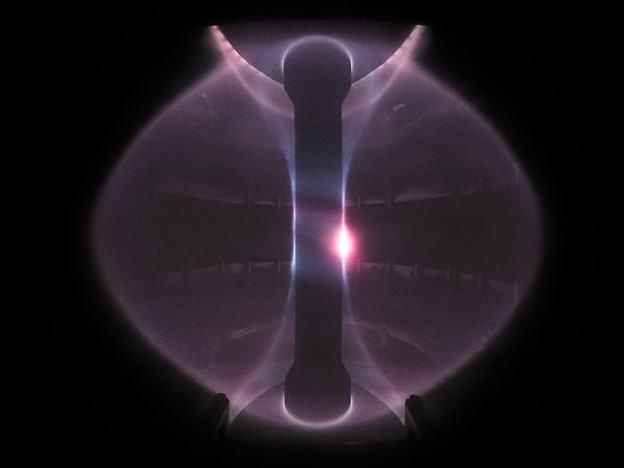
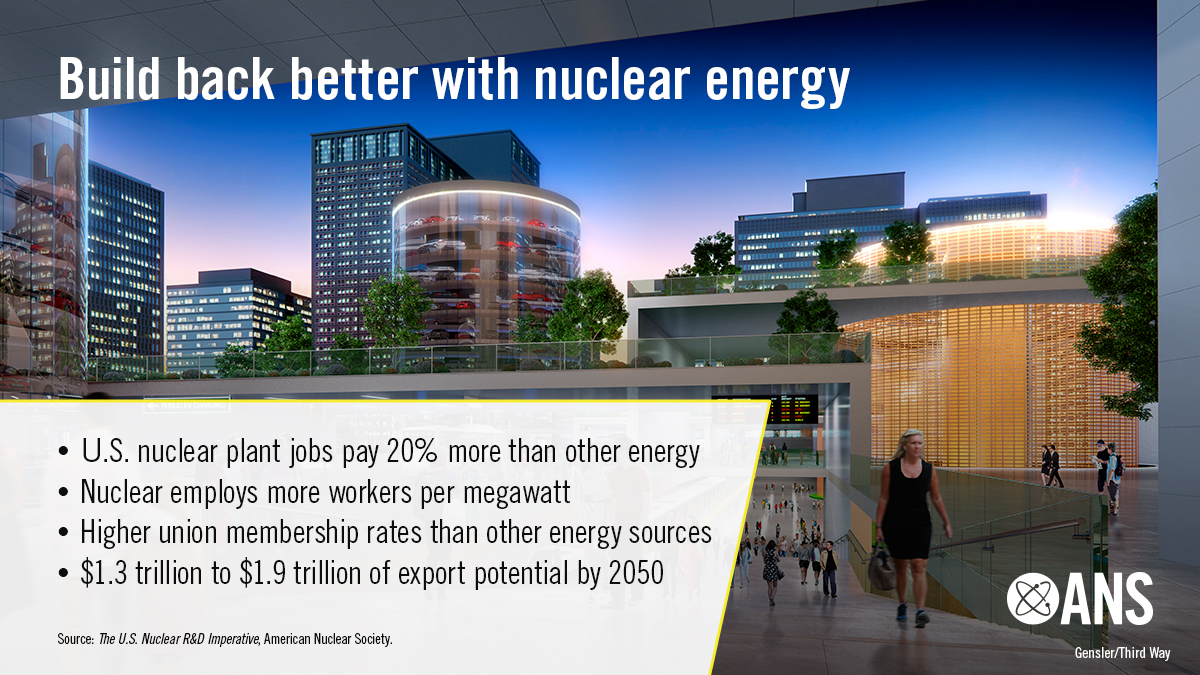
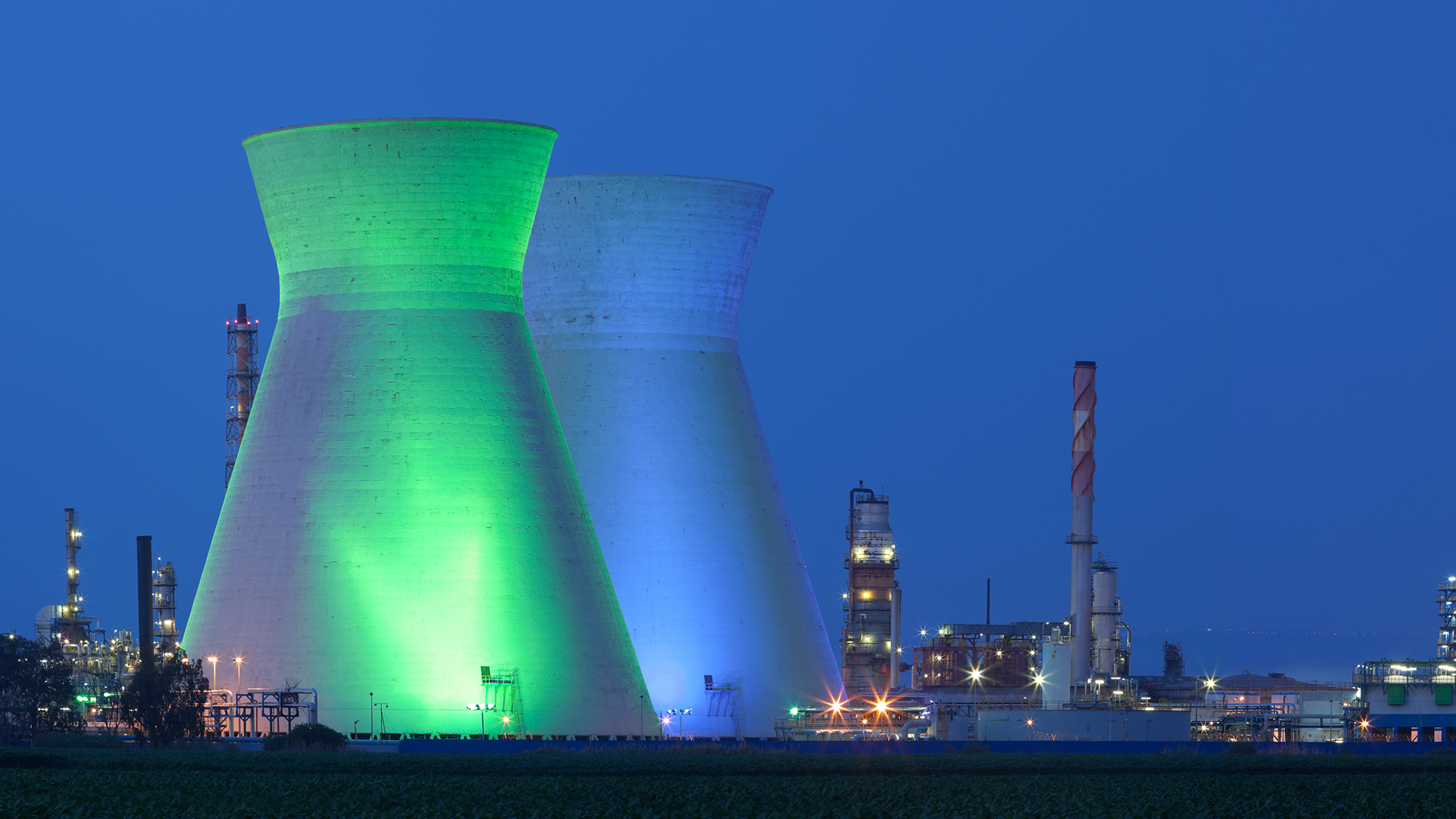 Nuclear power is an important component in the fight against climate change, but independent regulation is needed to gain the public’s---and governments'---trust, according to a March 6 article in The Economist, “
Nuclear power is an important component in the fight against climate change, but independent regulation is needed to gain the public’s---and governments'---trust, according to a March 6 article in The Economist, “